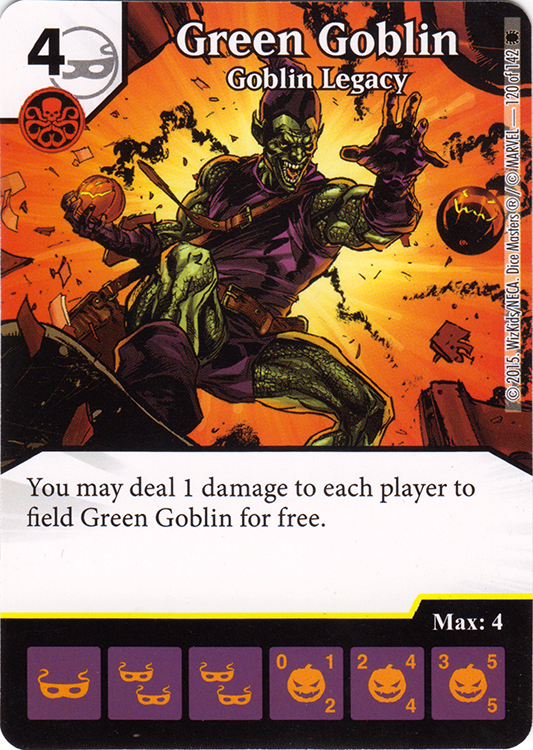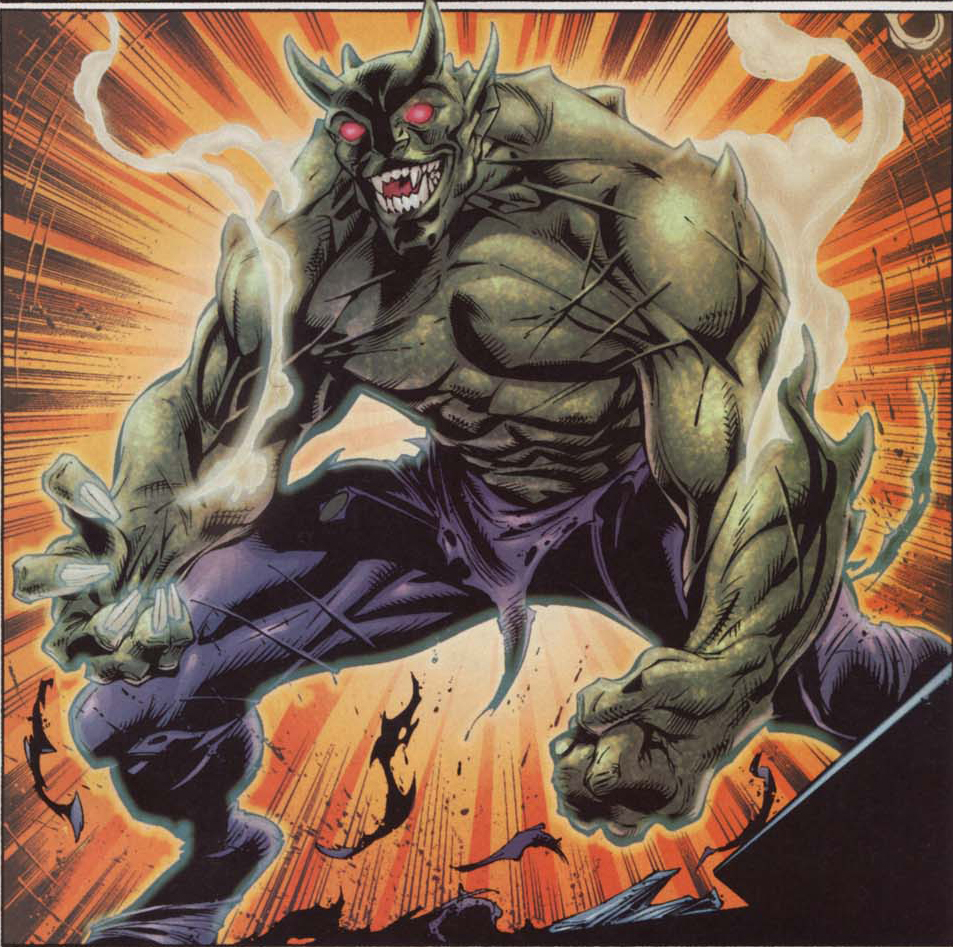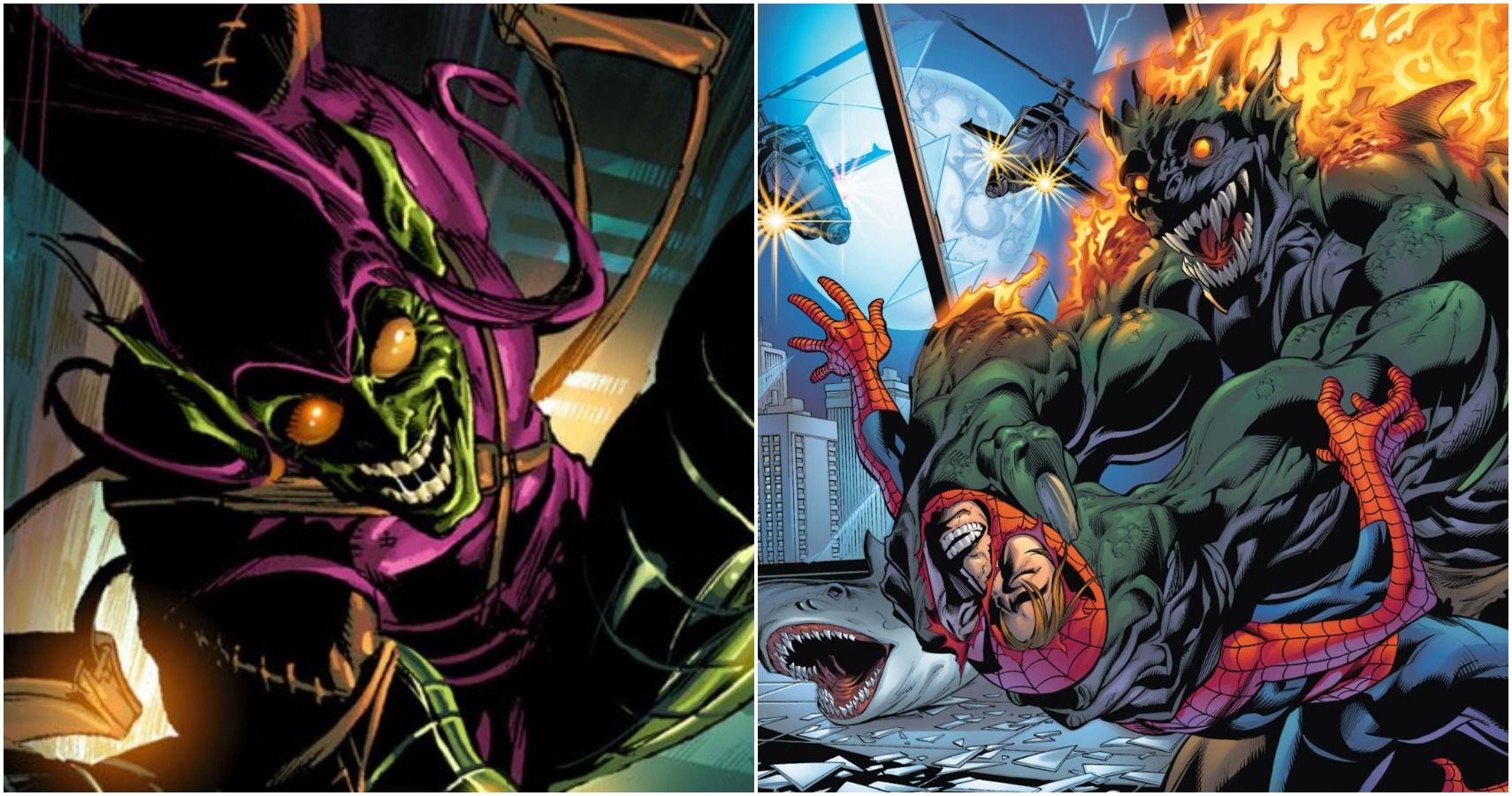When it comes to iconic comic book villains, few names strike fear into the hearts of readers like the Green Goblin. This mastermind of mischief has been wreaking havoc since his debut in 1964, and his legacy continues to loom large over the world of comics, movies, and pop culture. So, buckle up, because we’re diving deep into the twisted world of Norman Osborn and his alter ego, the Green Goblin. Whether you’re a die-hard fan or just curious about what makes this villain tick, you’re in for a wild ride!
From his explosive entrances to his knack for psychological manipulation, the Green Goblin is more than just a guy in a green suit. He’s a symbol of chaos, ambition, and the darker side of humanity. Over the years, writers and artists have explored every facet of his character, making him one of the most complex and enduring villains in the Marvel Universe. But what is it about the Green Goblin that keeps audiences hooked? Let’s find out.
This guide will take you on a journey through the Green Goblin’s origins, his impact on Spider-Man’s world, and his influence on the broader landscape of superhero storytelling. We’ll dive into his most memorable moments, his relationships with other characters, and why he remains such a compelling figure even today. So, grab your pumpkin bombs and let’s get started!
Table of Contents
- The Green Goblin: A Biography
- Origins of the Green Goblin
- The Green Goblin and Spider-Man
- The Legacy of the Green Goblin
- Influence on Superhero Storytelling
- Green Goblin in Media
- Iconic Moments
- Psychology of the Green Goblin
- The Fanbase and Community
- The Future of the Green Goblin
The Green Goblin: A Biography
Before we dive into the villainy, let’s get to know the man behind the mask. Norman Osborn, the alter ego of the Green Goblin, is a brilliant but deeply flawed individual. His life has been marked by ambition, tragedy, and a relentless pursuit of power. Below is a quick rundown of his essential details:
Norman Osborn's Bio
| Full Name | Norman Osborn |
|---|---|
| Alias | The Green Goblin |
| Occupation | Business Tycoon, Super-Villain |
| First Appearance | The Amazing Spider-Man #14 (1964) |
| Powers | Enhanced strength, intelligence, and weaponry |
Norman’s journey from a struggling inventor to a corporate titan and finally to the Green Goblin is a tale of obsession and downfall. His transformation into one of Spider-Man’s greatest foes was not an overnight process but rather the culmination of years of personal and professional struggles.
Origins of the Green Goblin
So, how did Norman Osborn become the Green Goblin? It all started with a failed experiment. While working on a formula designed to enhance human capabilities, Norman accidentally ingested the serum, which amplified his intelligence but also drove him insane. This combination of genius and madness became the foundation of the Green Goblin’s character.
But it wasn’t just the serum that turned Norman into a villain. His deep-seated insecurities, combined with a desire for revenge against those he perceived as having wronged him, fueled his transformation. The Green Goblin was born out of Norman’s need to prove himself, to show the world that he was a force to be reckoned with.
Key Factors in His Transformation
- The accident with the experimental serum
- His obsession with power and control
- His resentment towards perceived enemies
- His knack for psychological warfare
These elements combined to create a villain who was not only physically formidable but also mentally cunning. The Green Goblin wasn’t just after Spider-Man; he was after the very fabric of Peter Parker’s life.
The Green Goblin and Spider-Man
When you think of Spider-Man’s rogues gallery, the Green Goblin stands tall as one of his most iconic adversaries. Their relationship is a complex web of rivalry, personal vendettas, and tragic consequences. The Green Goblin’s vendetta against Spider-Man is deeply personal, often targeting not just the hero but also those he cares about.
One of the most defining moments in their rivalry came in "The Night Gwen Stacy Died," where the Green Goblin pushed Spider-Man’s love interest, Gwen Stacy, off a bridge. This event not only changed the course of Spider-Man’s life but also cemented the Green Goblin’s reputation as one of the most ruthless villains in comics.
Why the Green Goblin Hates Spider-Man
At its core, the Green Goblin’s hatred for Spider-Man stems from jealousy and a desire for control. Norman sees Spider-Man as a symbol of everything he wishes he could be: young, carefree, and untouchable. His obsession with dismantling Spider-Man’s life is a reflection of his own inner turmoil and the failures he perceives in his own existence.
The Legacy of the Green Goblin
The Green Goblin’s legacy extends far beyond his battles with Spider-Man. Over the years, he has left an indelible mark on the Marvel Universe, influencing countless stories and characters. His influence can be seen in everything from the Dark Avengers to the Sinister Six, where his leadership and strategic mind have played pivotal roles.
What makes the Green Goblin’s legacy so enduring is his ability to adapt. Whether it’s through his various resurrections or his constant reinvention as a character, Norman Osborn remains a relevant and compelling figure in modern comics. His story is one of resilience, even if that resilience is often twisted and malevolent.
Impact on Other Characters
- Inspired other villains to rise to prominence
- Shaped the development of Spider-Man’s character
- Influenced the direction of Marvel’s larger narrative arcs
Influence on Superhero Storytelling
The Green Goblin’s influence extends beyond the pages of Spider-Man comics. His character has set a benchmark for what it means to be a complex and multidimensional villain. Writers and artists have drawn inspiration from his psychology, his motivations, and his methods, using them to craft some of the most memorable stories in superhero history.
One of the reasons the Green Goblin has had such a lasting impact is his ability to challenge heroes on both a physical and emotional level. He doesn’t just fight Spider-Man; he undermines his confidence, exposes his vulnerabilities, and forces him to confront uncomfortable truths about himself and the world around him.
Examples of His Influence
- Writers like Roger Stern and J.M. DeMatteis expanded on his character
- His psychological tactics have inspired similar approaches in other villains
- His resurrection stories have become a staple of modern comic book storytelling
Green Goblin in Media
The Green Goblin’s popularity isn’t confined to the pages of comic books. Over the years, he has made appearances in various forms of media, including movies, TV shows, and video games. Each adaptation brings something unique to the table, offering fans new perspectives on his character and his legacy.
From Willem Dafoe’s portrayal in "Spider-Man" (2002) to the more recent appearances in "Spider-Man: Homecoming" and "Spider-Man: No Way Home," the Green Goblin has continued to captivate audiences across different platforms. His ability to adapt to new mediums while retaining his core essence is a testament to his enduring appeal.
Notable Adaptations
- Willem Dafoe in "Spider-Man" (2002)
- James Franco in "The Amazing Spider-Man" (2012)
- Jeffrey Wright in "Spider-Man: No Way Home" (2021)
Iconic Moments
No discussion of the Green Goblin would be complete without highlighting some of his most iconic moments. These scenes have become legendary in comic book history, showcasing the full extent of his villainy and his impact on the Spider-Man mythos.
From the death of Gwen Stacy to his dramatic confrontations with Spider-Man, these moments have left an indelible mark on fans and creators alike. They serve as a reminder of why the Green Goblin remains one of the most memorable villains in the world of comics.
Top Iconic Moments
- The death of Gwen Stacy
- The unmasking of Spider-Man
- His leadership of the Dark Avengers
Psychology of the Green Goblin
What drives the Green Goblin? Beneath the green suit and the pumpkin bombs lies a complex psychological profile. Norman Osborn’s descent into madness is not just a result of the serum he ingested but also a reflection of his deep-seated insecurities and desires.
Psychologically speaking, Norman exhibits traits of narcissism, paranoia, and a relentless pursuit of control. His actions are often driven by a need to prove himself, to show the world that he is not just a failure but a force to be reckoned with. This duality makes him both terrifying and fascinating, as he represents the darker aspects of human ambition and desire.
Key Psychological Traits
- Narcissism
- Paranoia
- Obsession with control
The Fanbase and Community
The Green Goblin has a dedicated fanbase that spans generations. Fans of the character are drawn to his complexity, his villainy, and his influence on the world of comics. Online communities, forums, and social media platforms are filled with discussions about his character, his storylines, and his impact on the Spider-Man universe.
This fanbase plays a crucial role in keeping the Green Goblin’s legacy alive. Through fan art, fan fiction, and discussions, fans continue to explore and expand on his character, ensuring that he remains a relevant and beloved figure in the world of comics.
The Future of the Green Goblin
As the comic book industry continues to evolve, so too does the Green Goblin. With new writers and artists taking the reins, the character is poised to explore new directions and storylines. Whether it’s through his role in the Marvel Cinematic Universe or his continued presence in the comics, the Green Goblin’s future looks bright.
One thing is certain: the Green Goblin’s legacy will continue to inspire and captivate audiences for years to come. His ability to adapt, his enduring appeal, and his impact on the world of comics ensure that he will always have a place in the hearts of fans.
Conclusion
In conclusion, the Green Goblin is more than just a villain; he’s a symbol of the darker aspects of human nature. From his origins as a failed experiment to his status as one of Spider-Man’s greatest foes, the Green Goblin has left an indelible mark on the world of comics and beyond. His legacy continues to inspire writers, artists, and fans alike, ensuring that his story will be told for generations to come.
So, the next time you think about the Green Goblin, remember that he’s not just a guy in a green suit. He’s a complex, multidimensional character whose influence extends far beyond the pages of Spider-Man comics. And who knows? Maybe one day, we’ll see him rise again, more twisted and terrifying than ever before.
Got thoughts on the Green Goblin? Drop a comment below or share this article with your fellow fans. Let’s keep the conversation going and celebrate the legacy of one of the greatest villains in comic book history!


